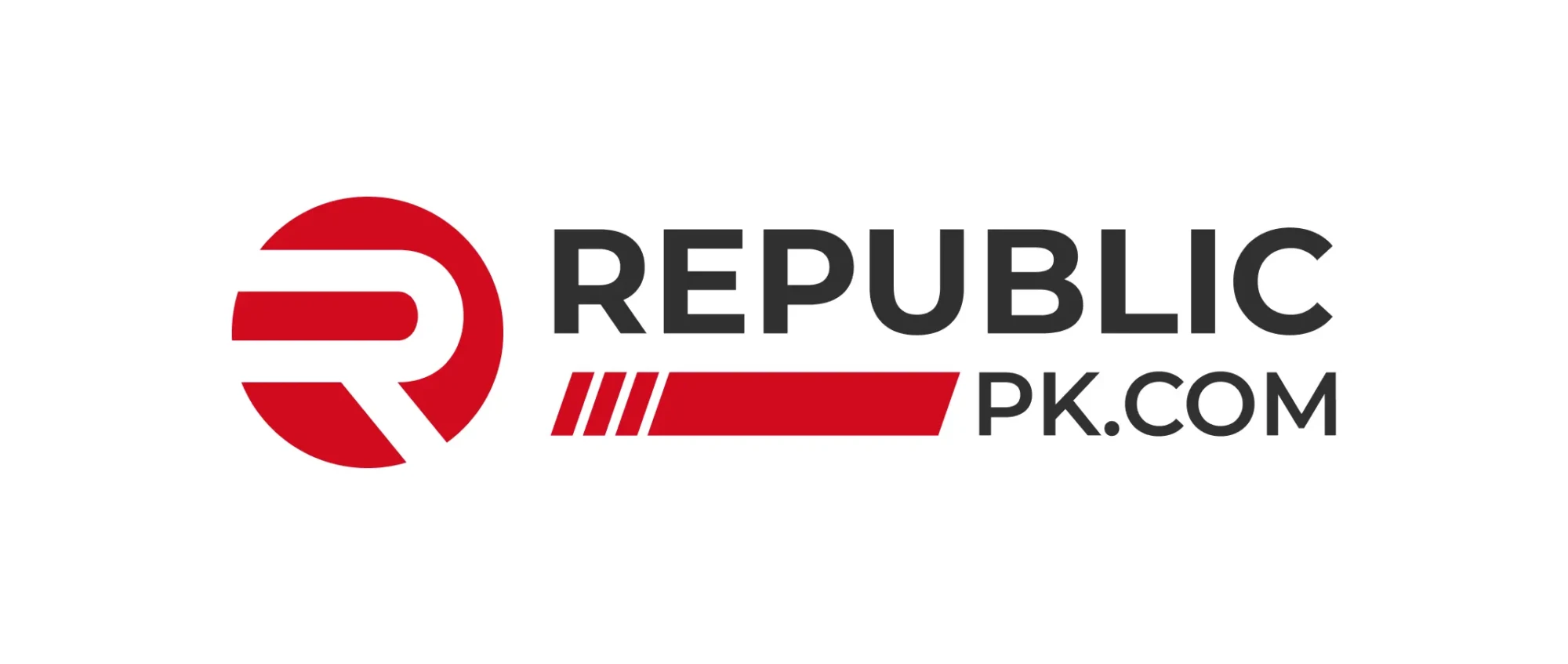Inside the Crown Prince’s Grand Welcome at the White House
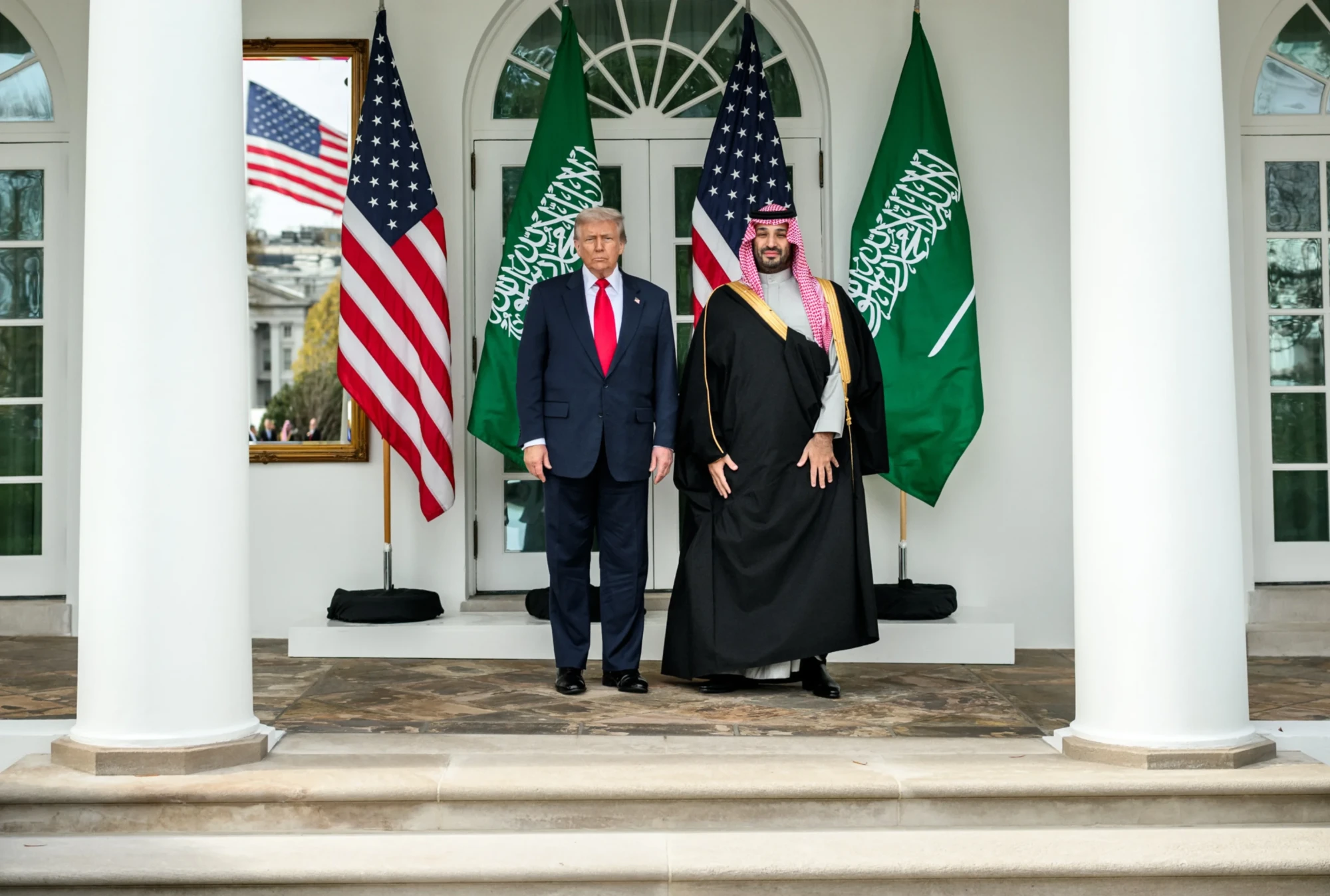
A Grand Welcome at the White House
On Tuesday, Saudi Crown Prince Mohammed bin Salman arrived in Washington at the invitation of US President Donald Trump, marking his first White House visit in more than seven years. The reception was nothing short of ceremonial spectacle: a military honor guard, a gun salute, and a fly-past by US warplanes set the tone for a visit designed to highlight the enduring partnership between Riyadh and Washington.

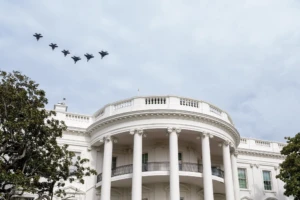
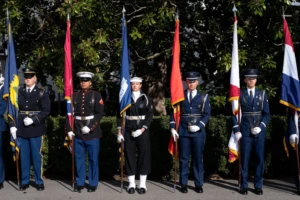

President Trump personally greeted the Crown Prince on the South Lawn, signaling the importance of the occasion. The Saudi leader’s packed schedule included bilateral talks, meetings with congressional leaders, and a formal reception hosted by the President and First Lady.
Strategic Defense Agreement Signed
The centerpiece of the visit was the signing of a new strategic defense agreement between the two nations. Framed as part of a partnership spanning more than nine decades, the accord strengthens military cooperation, enhances defense readiness, and provides a framework for sustainable collaboration.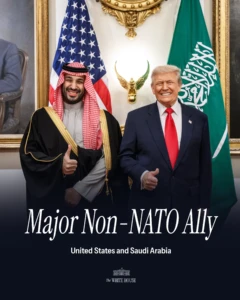
Officials described the agreement as a milestone that reaffirms both countries’ commitment to regional stability and global security. It also paves the way for advanced defense integration, including discussions around the sale of F‑35 fighter jets to Saudi Arabia, a move welcomed by Riyadh but met with caution by some US defense analysts and Israeli officials concerned about regional balance.
Expanding Economic Horizons
Beyond defense, economics featured prominently in the talks. Crown Prince Mohammed bin Salman pledged to raise Saudi investment in the United States from $600 billion to a staggering $1 trillion. He emphasized that the commitment was not symbolic but part of a broader vision to deepen economic ties and create long‑term opportunities.

The investment pledge coincides with the US–Saudi Investment Forum, scheduled at the Kennedy Center, where more than 400 CEOs from both nations are expected to explore joint ventures in energy, technology, and infrastructure.
Energy and Nuclear Cooperation
President Trump highlighted new avenues of cooperation in civilian nuclear energy and renewable power. The discussions reflect Saudi Arabia’s ambition to diversify its energy portfolio while maintaining its role as a global oil leader. For Washington, the partnership offers opportunities to expand American expertise and technology in the Middle East’s evolving energy landscape.

Regional Diplomacy and the Abraham Accords
The Crown Prince also addressed regional diplomacy, expressing Saudi Arabia’s interest in joining the Abraham Accords, the US‑brokered agreements that normalized relations between Israel and several Arab states in 2020. However, he stressed that Riyadh’s participation must be tied to a clear path toward a two‑state solution for Palestinians and Israelis.
“We want peace for both peoples,” he said, underscoring Saudi Arabia’s desire to balance regional alliances with its longstanding support for Palestinian statehood.
Sensitive Questions and Controversies
The visit inevitably touched on sensitive issues. Reporters raised questions about the 2018 killing of journalist Jamal Khashoggi, a matter that strained Saudi–US relations in recent years. President Trump defended his guest, stating that the Crown Prince had no prior knowledge of the incident. Mohammed bin Salman himself described the killing as a “big mistake” and insisted that measures were being taken to prevent such tragedies in the future.
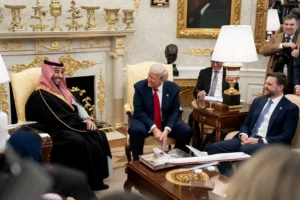
He also addressed lingering suspicions about Saudi involvement in the 9/11 attacks, reiterating that Osama bin Laden had sought to exploit Saudi nationals to damage the kingdom’s relationship with the United States.
Balancing Security Concerns
While the defense agreement was hailed as a breakthrough, critics voiced concerns about the sale of advanced F‑35 aircraft to Saudi Arabia. Analysts warned that access to stealth technology could alter the military balance in the region and complicate US commitments to Israel, its closest ally in the Middle East.
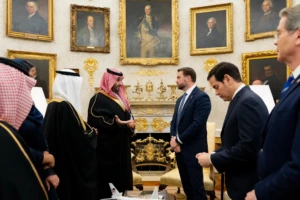
Lockheed Martin, the manufacturer of the F‑35, places the cost of each aircraft at approximately $82.5 million, underscoring the scale of the potential deal.
A Visit of Symbolism and Substance
The Washington visit combined symbolism with substance. From ceremonial honors to billion‑dollar pledges, the trip showcased the resilience of US–Saudi relations despite past controversies. For Riyadh, it was an opportunity to project itself as a modernizing power committed to investment, diplomacy, and security. For Washington, it reaffirmed the strategic importance of Saudi Arabia as both an ally and a major economic partner.
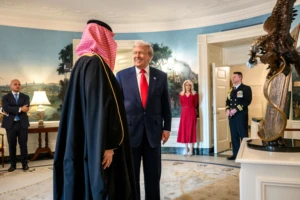
As the Crown Prince prepares to depart, the agreements signed and promises made will be closely scrutinized, not only for their immediate impact but for how they shape the trajectory of US–Saudi relations in the years ahead.

